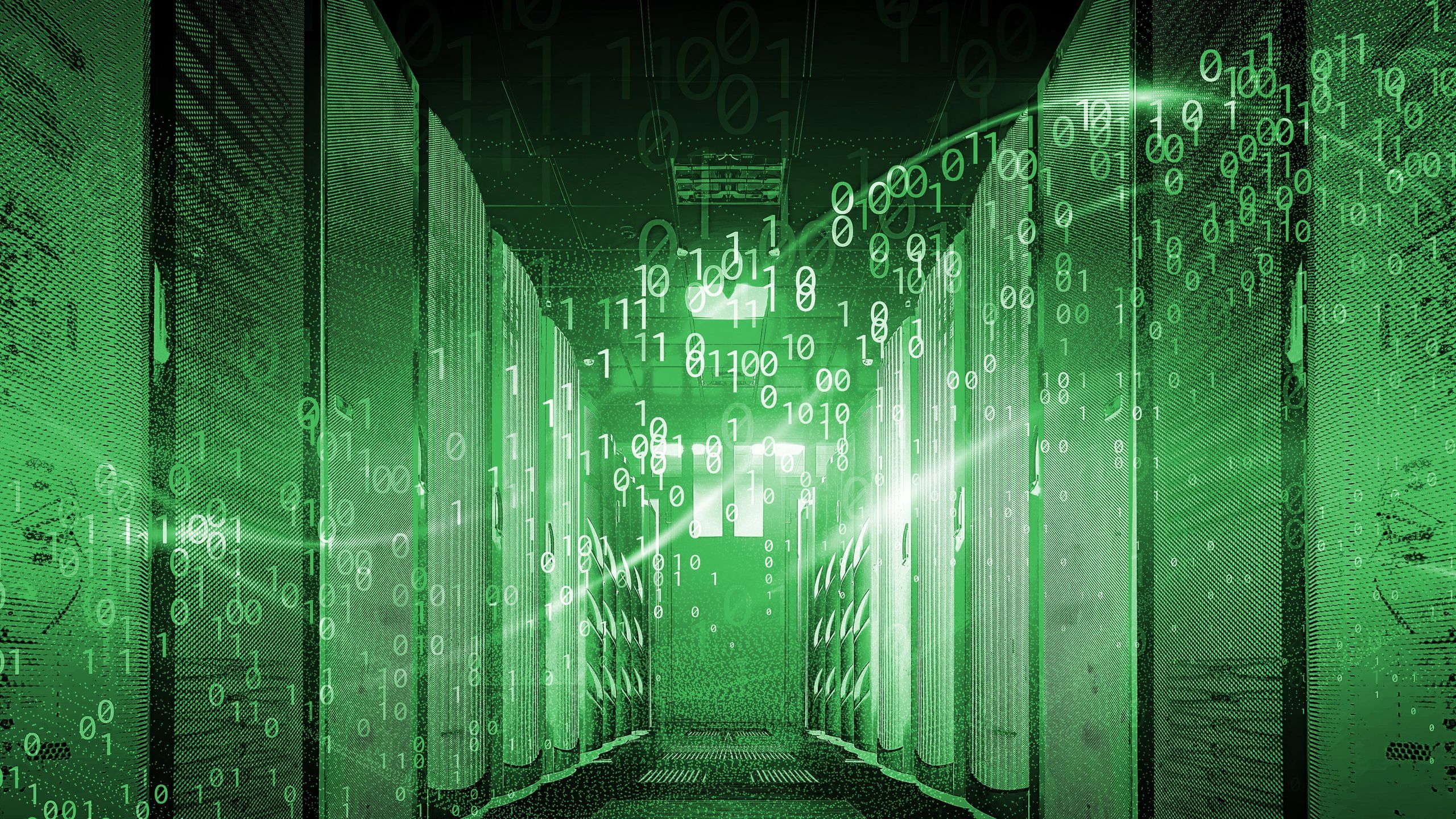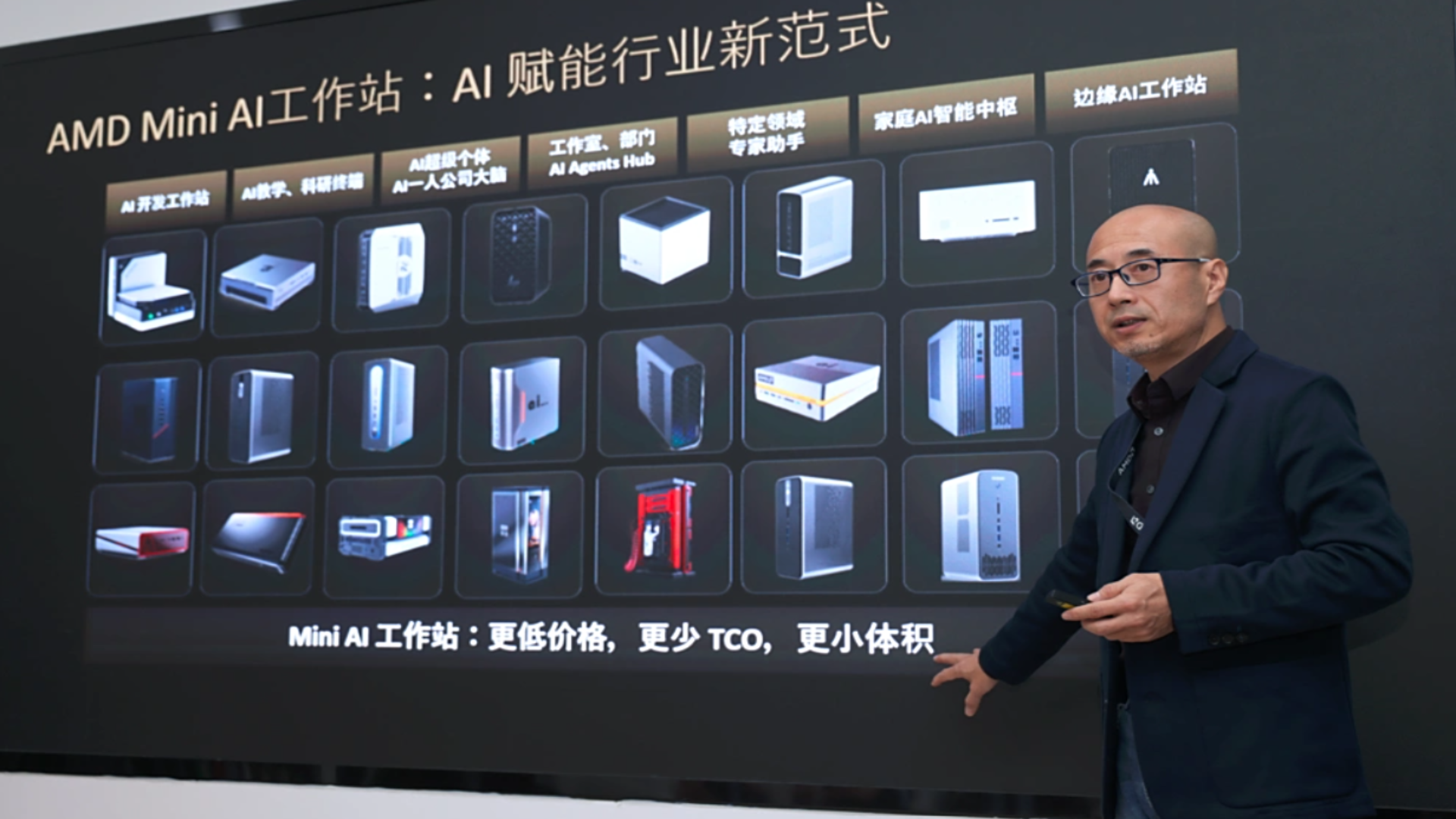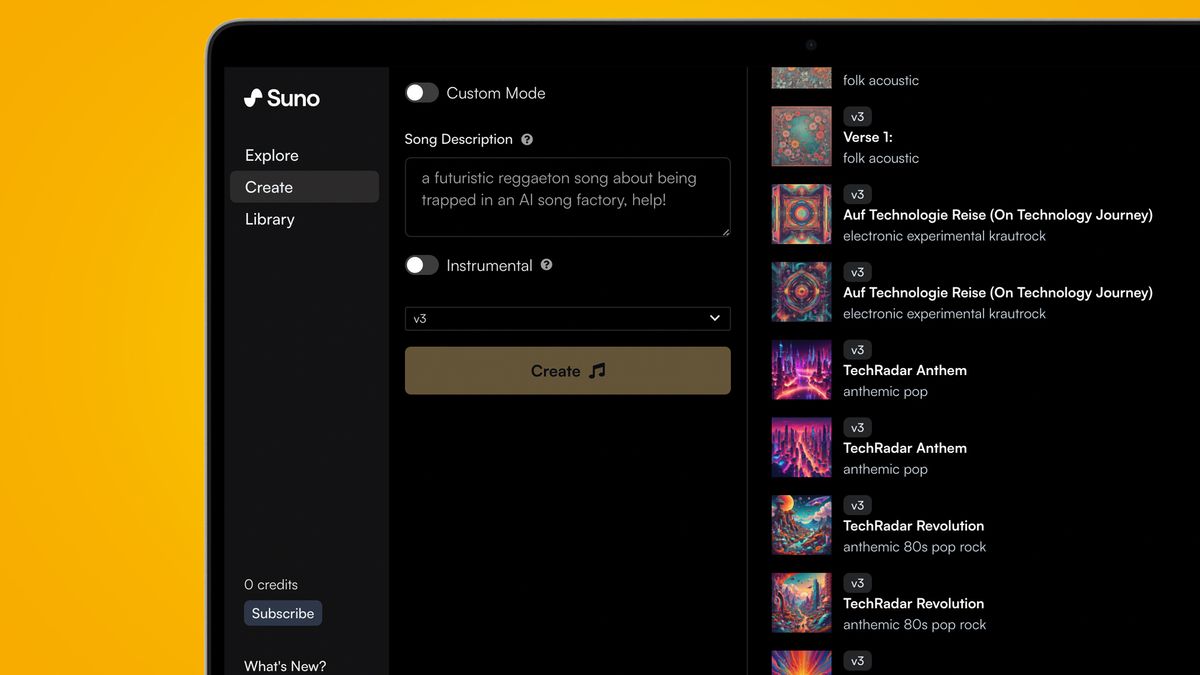The world as we know it today is at the center of an extraordinary digital revolution in which the Internet transforms every aspect of our lives.
Driving this momentum are data centers – the silent engines that power all digital interactions across services, applications, payments and cloud platforms. As demand increases, the data center market is also gaining momentum. According to a CBRE report, investment commitments in India's data center industry alone are expected to exceed $100 billion by 2027.
Sustainability is no longer an afterthought: it is a business, regulatory and social imperative. It must be built into the very fabric of data center operations, from site selection and construction to daily management and future expansion.
Smart infrastructure must be harmonized with environmental responsibility in the quest to lead the way towards a greener and more responsible digital future.
The challenge of sustainability in the era of expansion
Data centers concentrate energy use, cooling loads, land and water.
Therefore, transitioning data centers from coal-intensive networks to renewable energy sources such as solar, wind and hydropower is a critical step. Adopting renewable sources can dramatically reduce the carbon footprint of data centers.
Implementing green practices such as cutting-edge cooling technologies (such as liquid immersion and free-air cooling), water recycling, and energy-efficient hardware to reduce energy consumption will significantly reduce the environmental footprint of data centers.
Therefore, the way forward is to design, build and operate for efficiency by default, treating sustainability as a performance discipline with the same rigor applied to uptime and latency.
This transition requires leadership alignment, capital discipline, and verifiable objectives that turn aspirations into operational practices.
Mapping out a tangible commitment and roadmap
In this transition journey to adopt clean and renewable energy sources, data centers must draw a roadmap and aim for achievable goals. For example, committing to adopting 100% renewable sources, even long-term, is a great start.
Another commitment may be a net zero target that is based on a period that is achievable for all companies. Yes, it will be necessary to hire a climate expert to calculate the necessary time frames and set achievable goals, but laying out a framework for this is imperative for data center companies.
Leverage technology and AI for efficiency
The rise of AI and automation presents both challenges and opportunities for data center sustainability. While AI workloads increase energy demand, they also offer powerful tools to optimize efficiency and reduce waste.
AI and automation can be leveraged for real-time monitoring, intelligent automation, and predictive analytics to significantly reduce energy consumption, lower operating costs, and minimize environmental impact while maintaining high reliability.
While AI algorithms can detect inefficiencies, predict potential failures, and optimize energy use in real time, granular monitoring can help identify areas where energy can be conserved and support proactive maintenance to reduce unplanned downtime, extend asset life, and prevent energy waste due to inefficient or faulty equipment.
Water management and conservation
Water is a strategic resource. Cooling demands, especially in hot, urbanized regions, require careful planning to reduce dependence on fresh water.
Committing to 100% wastewater recycling and water neutrality along with initiatives such as advanced wastewater treatment plants (STPs), rainwater harvesting, and IoT-enabled monitoring across distribution and reuse will help ensure community water security is not compromised by digital growth.
Water conservation approaches also reduce risk exposure and stabilize operations during heat events, while reducing long-term operating costs.
Build energy efficient infrastructure
Another key focus is that efficiency should start with infrastructure design. New construction should incorporate low-carbon materials and green building principles, and aim for certifications.
Electrical topologies should also aim to minimize conversion losses; power systems should favor UPS and high-efficiency transformers; Modular architectures allow for sizing from day one.
On the thermal side, AI-enabled cooling, outdoor economization when weather permits, and, increasingly, liquid cooling for high-density racks materially reduce energy intensity.
At the operational layer, continuous improvements in power usage effectiveness (PUE), combined with aggressive elimination of thermal hot spot bottlenecks, can help increase profits over time.
Standards and certifications should be integrated into the management system framework itself rather than making it a one-off project.
Facilities must then align with certifications to institutionalize the data, processes and audits that are imperative to sustain performance, even as capacity and workload profiles evolve.
Paving the way for an advanced climate future
Adopting green, smart and resilient data centers to responsibly drive a digital future will redefine a sustainable future.
Energy-efficient data centers will not only reduce environmental impact but also improve network resilience and support long-term economic growth by providing the reliable, scalable and secure backbone essential to the world's digital ambitions.
A dual focus on digital growth and sustainability can help achieve both technological and climate leadership.
The emerging plan is to commit early to high-ambition renewable targets, put AI-driven efficiency into practice, close the water loop, build for low carbon and resilience, and report with discipline.
Leadership now means moving beyond pilots to platform-scale execution. It means making sustainability equivalent to reliability in dashboards and financial decisions, and incorporating it into design, construction, operations and the supply chain.
If the industry does this, starting in the fastest-growing markets and expanding globally, it will connect the world's digital ambitions with the planet's climate goals. The result is an infrastructure that not only drives the modern economy but also helps ensure a more sustainable one for all.
The road ahead is challenging but full of promise. By prioritizing sustainability, innovation and collaboration, the world can build a digital infrastructure that is both green and smart, empowering businesses, communities and future generations to thrive in a connected and sustainable world.
Check out the best green web hosting.
This article was produced as part of TechRadarPro's Expert Insights channel, where we feature the best and brightest minds in today's tech industry. The views expressed here are those of the author and are not necessarily those of TechRadarPro or Future plc. If you are interested in contributing, find out more here:









